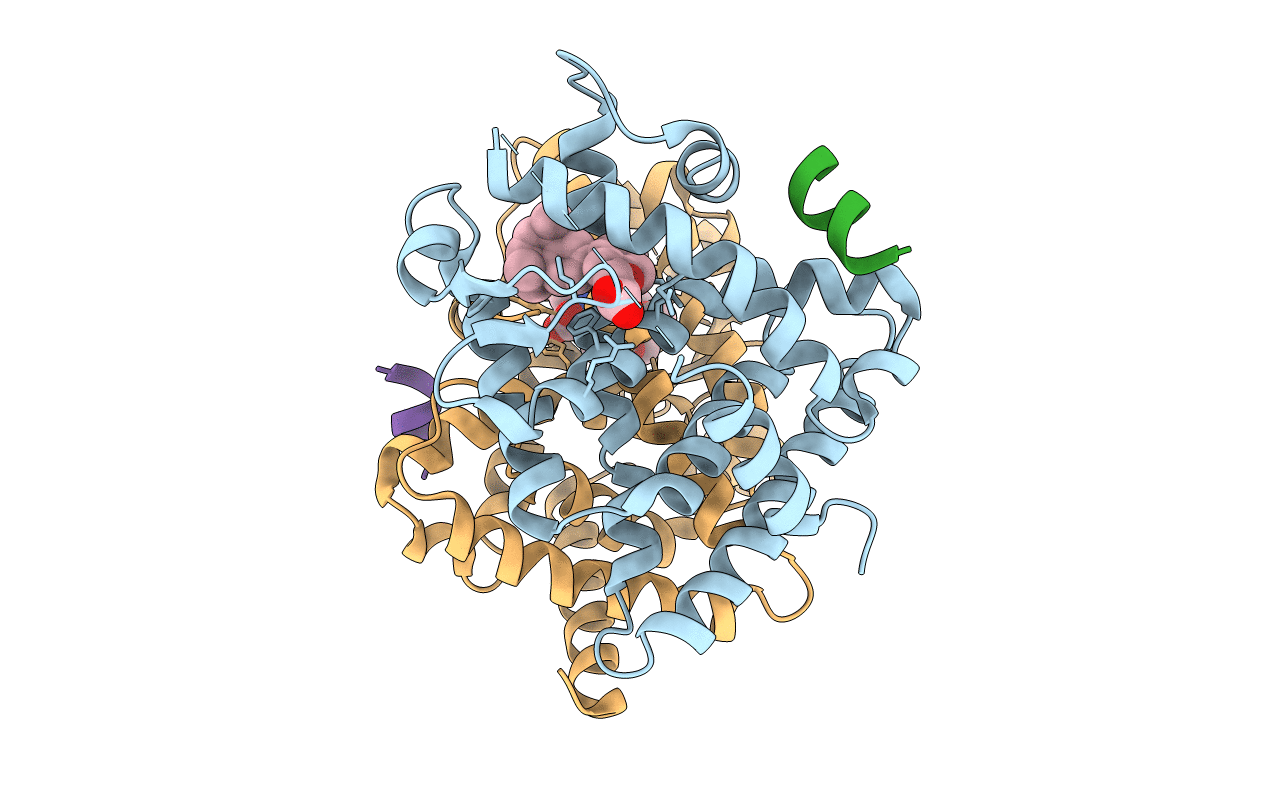
Deposition Date
2003-11-06
Release Date
2004-11-09
Last Version Date
2023-08-23
Entry Detail
PDB ID:
1RDT
Keywords:
Title:
Crystal Structure of a new rexinoid bound to the RXRalpha ligand binding doamin in the RXRalpha/PPARgamma heterodimer
Biological Source:
Source Organism:
Homo sapiens (Taxon ID: 9606)
Host Organism:
Method Details:
Experimental Method:
Resolution:
2.40 Å
R-Value Free:
0.25
R-Value Work:
0.22
Space Group:
P 21 21 21


